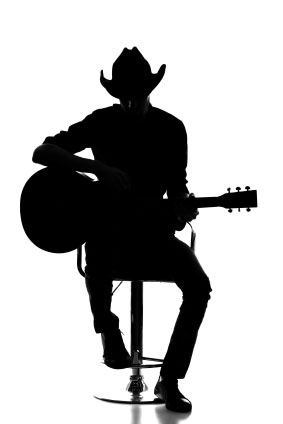The History of Country Music

Like all other genres of music, the history of country music is a long and rich one.
Musicians and music enthusiasts should know the history behind one of the most popular
themes of music, and how it progressed, adapted and changed over the decades.
How Country Music Began?
The origins of country music can be traced back to the early 1900s, specifically to American
fiddlers of the Southern Appalachian Mountains. In the early 1920s, the first recorded country
record was produced by Victor Records and the singer, Eck Robertson. But it would be a few more
years before the “Father of Country” music would catapult the genre into the history books.
Who Was Jimmie Rodgers?
Jimmie Rodgers is widely regarded as the Father of Country Music. His song, “Blue Yodel #1” sold
more than 1 million copies in 1927 and launched his recording career, which unfortunately, didn’t
last long. Rodgers died in 1933, just six years after his single hit the charts. But his influence
in country music was cemented in history, and made way for other country stars whoquickly
followed his lead.
The First Few Decades
The history of country music requires mention of The Carter Family, which was probably the most
famous of all the vocal groups. The family consisted of A.P. Carter and his wife, Sara, and his
sister-in-law. The group became very popular at about the same time Jimmie Rodgers hit the scene.
One of the earliest hits for the family was a song that’s still popular today, “Keep on the Sunny Side.”
Incidentally, one of the members ofThe Carter Family, Ruth Carter, went on to marry another
famous country star – Johnny Cash.
Once the road was paved by the early acts, country music was ready to take the world by storm.
The turning point came in the early 1930s and through the 1940s when Hollywood movies featured
cowboy films and country stars, such as Roy Rogers and Gene Autry. Now country music stars
equaled the popularity of other music stars, and in some cases, such as with Hank Williams,
surpassed them.
The Post-War Years
Nashville became the capital of the country music scene in the 1950s and 1960s with such stars as
Eddy Arnold and Jim Ed Brown. Music history students will note that in these decades country music
took on a sophisticated tone blending big band jazz and even orchestras in the songs and storytelling.
At the same time Nashville was making country music accessible to the masses, California was busy creating
its own country music sound call The Bakersfield Sound.
The Bakersfield Sound combined the gritty side of country music with rock and roll, some called it Rockabilly.
Merle Haggard and other country stars made this genre their own.
In the 70s and 80s country music took a few other turns. Willie Nelson and Waylon Jennings were at the center
of The Outlaw Movement of country music, singing about breaking the rules and living on the lam.
By contrasts, in the 1980s, big scene country stars such as Garth Brooks and Alan Jackson crooned about love,
family, and friends and made the music genre once again appealing to the young and even to urbanites.